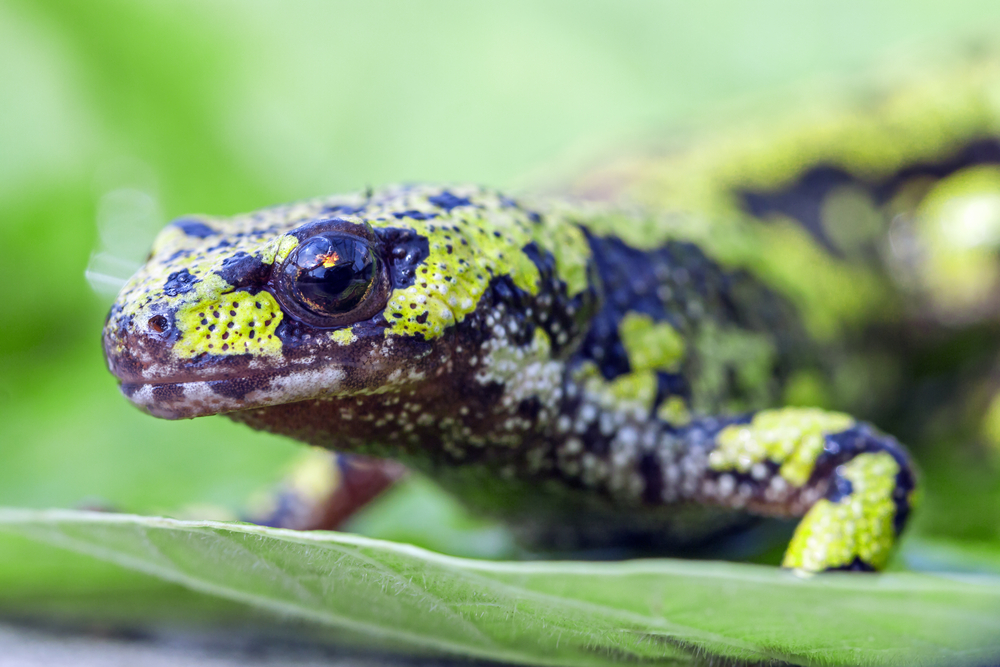
With maps, compasses and new technology, humans find their way around the world with ease. But how non-human animals navigate has been one of nature’s great mysteries. Some species travel short distances around their home environment and some travel over vast distances, migrating to and from breeding grounds. The variety of ways in which different species complete these journeys is demonstrated in the following extraordinary examples.
Pigeons

If a pigeon finds itself somewhere it has never been before, it will be able to find its way home. We have long made use of this homing ability, principally for carrying messages, and have intensely studied the pigeon to discover more about animal navigation. Many theories about how the pigeon is able to navigate have been put forward but the latest research suggests that they use visual cues in the landscape to find their way. Tracking technologies such as GPS have now given us a bird’s eye view of their flight paths and have revealed that pigeons use hedges and even roads to memorise different routes.
Sea Turtles

Sea turtles demonstrate natal homing—the process by which adults return to their birthplace to reproduce. On reaching sexual maturity, female sea turtles travel from feeding areas in the ocean to their natal beach to lay eggs. It is thought they do this because the natal beach has the ideal combination of factors needed for successful nesting, including accessibility, the perfect temperature and soft sand. The exact location of nests changes with subtle fluctuations in the Earth’s magnetic field, so it is believed that miniscule magnetic particles known to be present in sea turtles’ brains respond to the magnetic field and helps them navigate to the place where they were born.
Mole Rats

Many other species use the Earth’s magnetic field to navigate. The mole rat is a subterranean rodent that inhabits a system of tunnels that connect food storages, sleeping nests, foraging areas and toilet chambers. To find its way through its tunnel system, where sensory stimuli is extremely restricted, it must be able to orient itself and does this by perceiving and using the magnetic field. Experiments using an artificially created magnetic field whose direction and strength could be altered have proven this. Mole rats experiencing the altered magnetic field were significantly worse at navigating a maze than those experiencing the natural magnetic field.
Lobsters

Lobsters undergo migrations, the most famous conducted by the Western Atlantic spiny lobster. Individuals line up in single file to march offshore into deeper water across the ocean floor and back again. They are capable of homing to specific dens within their coral reef environments. The creation of artificial magnetic fields has also enabled scientists to determine how lobsters do this. A reversal of the natural magnetic field caused the lobsters to deviate from their course in experiments off the coast of Florida, demonstrating that they have a magnetic map sense.
Marbled Newts

Orientation plays an important role in the movement of amphibians because they must make their way to ponds to breed in spring. Marbled newts do this by celestial navigation. In northern Spain, scientists moved adult marbled newts from a temporary pond to an experimental site 340 miles away. They then tested the newts’ orientation under a number of different conditions, for example, under a clear night sky, an overcast night sky, and a clear night sky in the presence of an altered magnetic field. For marbled newts, the magnetic field was irrelevant. Instead they chose the correct direction to their breeding pond only under a clear sky when celestial cues were available.
Salmon

Oceanic salmon travel hundreds of miles away from their birth streams, but return there to spawn when they reach maturity. Olfaction—their sense of smell—plays an important role in the life of salmon, used for finding food and avoiding predators. It is also used for locating their birth streams, a hypothesis that was first tested in 1954. Migrating salmon were captured and their olfactory pits (nostrils) were plugged before being released downstream. These salmon took the wrong fork in a stream about half the time—a result you would expect if they were choosing which way to go at random. Salmon without plugged pits chose the correct fork nearly 100% of the time. Young salmon imprint upon the unique scent of natal streams when they are smolts, learning the unique combination of molecules from rotting vegetation, insects, fish and dust released from rocks and soil. Their sense of smell is so strong that they can distinguish this specific scent from every other spawning stream and find their back to where they were born.
